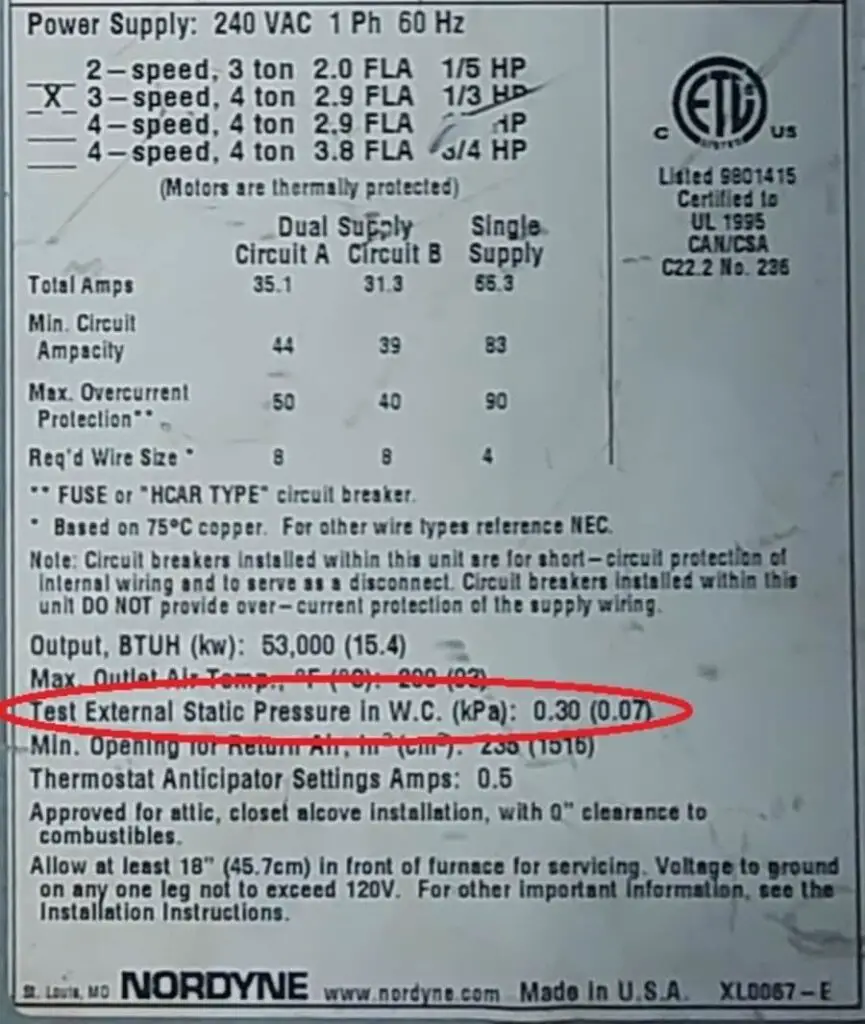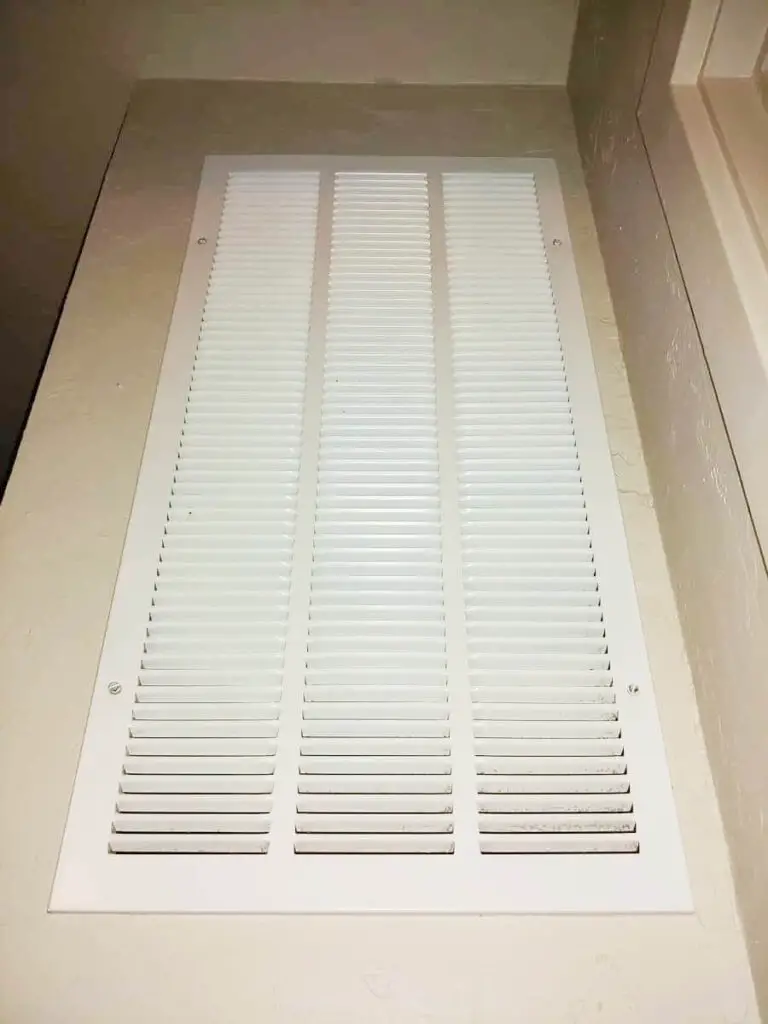In a rule of thumb sense the return duct should be the same size as all the supply ducts combined. But a rule of thumb is just an initial guide, not anything to bet your comfort on.
You have to consider the length of duct and the type of duct. HVAC engineers have developed manuals to cover all the ins and outs of how to size duct work. And there’s even more to it that just the size of ducts.
Installers and technicians should understand the principles contained in:
- Manual J
- Manual S
- Manual T
- Manual D
There is a little of the attitude out there where companies will say “we don’t need no stupid manuals” and they can get away with it because they have done the same type of work or jobs over and over again with success.
And then there’s those companies that just install it all wrong. How are you going to know? I did write an extensive article about questions you should ask when buying new HVAC stuff. They are even good questions to be familiar with as a home owner with existing equipment.
Their are a few homes out there that have a return duct and a supply duct in each room, which really makes for a nice installation. With a return and supply in each room it’s important for them to be of an equivalent size so that the room is not over or under pressured.
For homes that have one or two main return ducts located in a hall or a great room, those returns should be equal in size to all the supplies throughout the home.
Basically the size of your duct work is determined by the size of your furnace. You size your furnace to be large enough to heat your home, and that furnace pushes or delivers so much airflow to keep the furnace from overheating.
Go look at your furnace’s factory label and look for the part on that label that’s giving a number for “external static pressure” similar to what’s on the label below circled in red.

A good technician will carry a gauge in his service truck called a manometer. Manometer’s can measure the static pressure across your furnace. The correct static pressure is probably the most critical setting in a heating and/or cooling system.
Manometers are easy to use and not too expensive. If you’re inclined to DIY this type of discovery then swing over to Amazon and see for yourself. Here’s a simple manometer less the tubing and probes to stick into the duct.
The wrong static pressure add huge issues in regards to efficiencies, service problems, and even make you think you bought a lemon.
What Happens If My Return Duct Is Too Small?
Several things are effected by duct work that is too small. One of the most noticeable characteristics of small ducts is noise. Your furnace has this static pressure designed to deliver quiet and efficient heating and cooling. Just the right amount nice quiet air in, out and through the system.
I like to relate this to an extreme. It make it easier for me anyway to understand.

Think about your return duct being the size of a straw. Wow, what a noise that would make! And talk about force. Fortunately it’s sucking in or it would be like an air nozzle off of an air compressor. It would blow your hat right off.
My daughter and her husband bought a house in Klamath Falls. Someone replaced an old oil high pressure system with a new gas furnace. High pressure systems have smaller duct work. Each run in the house was a 4″ duct.
It was so noisy you couldn’t hear yourself talk and the furnace ran so hot it was tripping the limit. We increased the size of the ducts and the temperature of the furnace came down to within specs.
This is why professionals in the HVAC industry use static pressure gauges. It’s a simple process of inserting a probe into the supply duct and another into the return at the location of the furnace.
What If My Return Duct Is Too Big?
Bigger can be better, but there are repercussions to that also. Allowing too much air to enter the return duct can raise the amperage of the blower motor causing it to run too hot and eventually tripping the motor on an internal limit.
A squirrel cage blower has the characteristic of drawing higher amps with the more air that it can grab. Limiting the return to just the right amount can lower the amp draw.
Unlike a squirrel cage blower, a bladed fans amp draw will raise or go higher if you block it’s air flow.
Knowing the proper amp draw can only be determined by starting the blower and using an amp meter to see if the motor is running to specifications.
Most furnace blowers have an open housing that allows air to flow through the motor as it chugs away at moving air through the home. Blower still need to run at amp draws lower than the specified running amp or they will burn up in time.
I have used 110 volt blower in my shop to move air or remove dust and they are just an open blower with no duct. The amps tend to run a little high because of no static pressure.
I found if you just add a small strip of metal at the outlet that the amps drop and the motor runs nice and cool.
Conclusion
If you want to get more technical you’ll have to do some research elsewhere. I began this blog with the understanding that I would write in a way that the average home owner could understand without a degree in HVAC.
I’ve been around long enough that I didn’t have to complete an apprenticeship. I was grandfathered in with all my licenses. The younger technicians that I come across are so much more educated that I ever was or am because they apprenticed.
That is a blessing for home owners, especially because of all the new technology available today.
